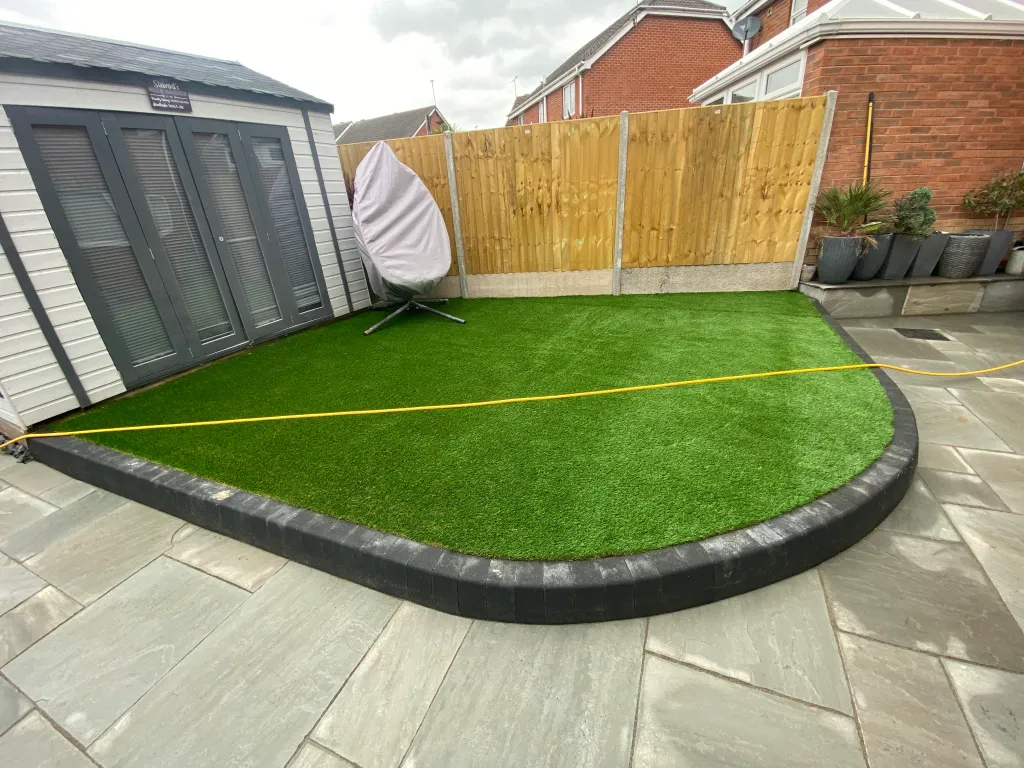Many homeowners desire beautiful outdoor spaces but may lack the time or expertise to maintain them. This is where professional landscaping Nuneaton come in, designing low-maintenance gardens that provide beauty and functionality without requiring extensive upkeep. Landscapers use a combination of plant selection, hardscaping, and sustainable practices to create gardens that are easy to care for.
The foundation of a low-maintenance garden lies in plant choice. Landscapers often recommend native plants because they are adapted to the local climate and soil conditions, making them more resilient and requiring less care. Drought-tolerant plants are another popular choice, as they reduce the need for frequent watering. Perennials are favored over annuals since they return year after year, eliminating the need for replanting.
Landscapers also prioritize grouping plants with similar water, light, and soil requirements. This zoning approach simplifies watering and care, ensuring that each plant thrives in its optimal environment. Mulching around plants is a common technique used to retain moisture, suppress weeds, and regulate soil temperature, further reducing maintenance needs.
In addition to plant selection, hardscaping features play a key role in creating low-maintenance gardens. Walkways, patios, and gravel paths reduce the amount of lawn or garden space that needs attention while adding structure and aesthetic appeal. Landscapers use materials such as stone, brick, or pavers, which require minimal upkeep and can last for decades.
Irrigation systems are another essential element of low-maintenance gardens. Automated drip irrigation or soaker hoses deliver water directly to the roots of plants, reducing waste and ensuring consistent hydration. Landscapers design these systems to require little intervention, so homeowners can enjoy a thriving garden without the need for regular watering.
Minimizing the size of the lawn is another strategy used by landscapers to reduce maintenance. Lawns are often the most labor-intensive part of a garden, requiring regular mowing, fertilizing, and watering. By replacing portions of the lawn with ground covers, gravel, or hardscaping, landscapers can create visually appealing spaces that need little attention.
Lastly, landscapers plan for future growth when designing low-maintenance gardens. They choose plants that won’t outgrow their space or require frequent pruning. By allowing plants to fill in naturally over time, the need for trimming and shaping is minimized, keeping the garden looking neat with less effort.
In summary, professional landscapers are experts at creating low-maintenance gardens that allow homeowners to enjoy beautiful outdoor spaces without the burden of extensive upkeep. By selecting the right plants, using hardscaping features, and incorporating efficient irrigation systems, they make gardening simpler and more sustainable


